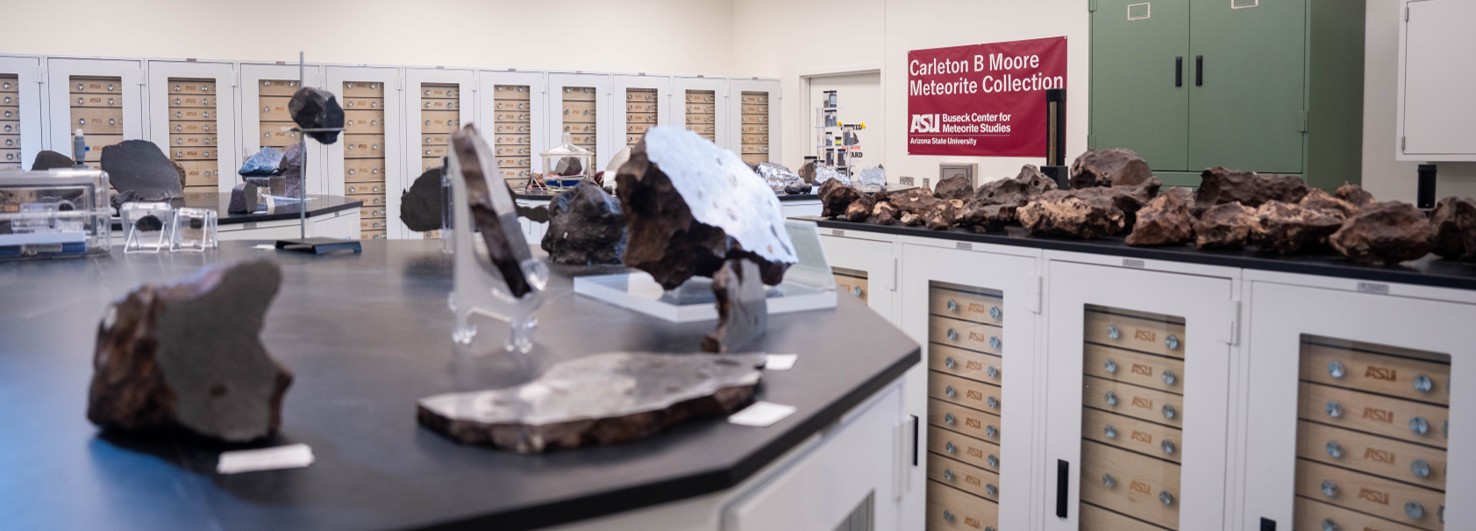
Thank you, Sun Devil Nation!From all of us at the Buseck Center for Meteorite Studies, sincere and heartfelt thanks to everyone who supports our mission – on Sun Devil Giving Day, and every other day. We couldn’t do it without you! |
Where are we now: Karen RieckCatch up with Center alumni through this periodic feature! Dr. Karen Rieck has been analyzing solar wind samples from the NASA Genesis mission, using secondary ion mass spectroscopy (SIMS) since 2008 to understand the elemental and isotopic fractionation of the solar wind in order to use Genesis samples to determine the true solar photospheric composition… |
New research in the CenterThis week, members of the Center are presenting new findings at the annual Lunar and Planetary Science Conference (LPSC) held in Houston, Texas. The presented research covers a range of topics in meteoritics and cosmochemistry, including carbonaceous chondrites, the solar wind, mineralogy, and isotope geochemistry. Click on the abstract title links below to learn more… |
Apply for the Nininger Meteorite AwardThe Buseck Center for Meteorite Studies at Arizona State University is pleased to announce the application opportunity for the 2021-22 Nininger Meteorite Award for undergraduate and graduate students pursuing research in meteoritical sciences. The Nininger Meteorite Award recognizes outstanding student achievement in the meteoritical sciences as embodied by an original research paper. Papers must cover… |